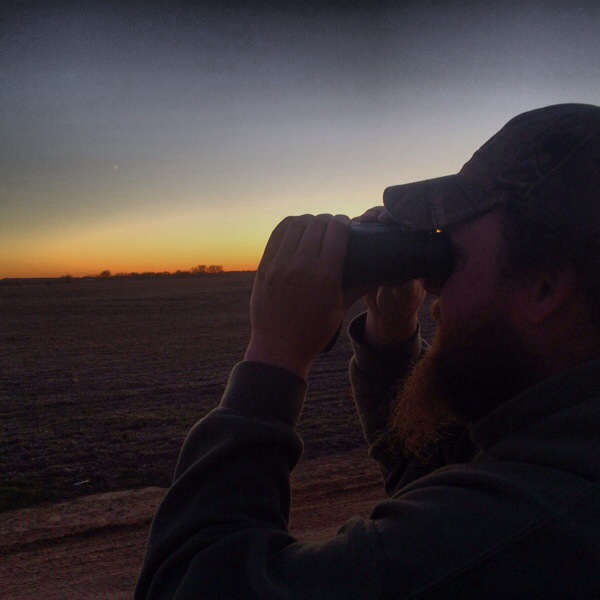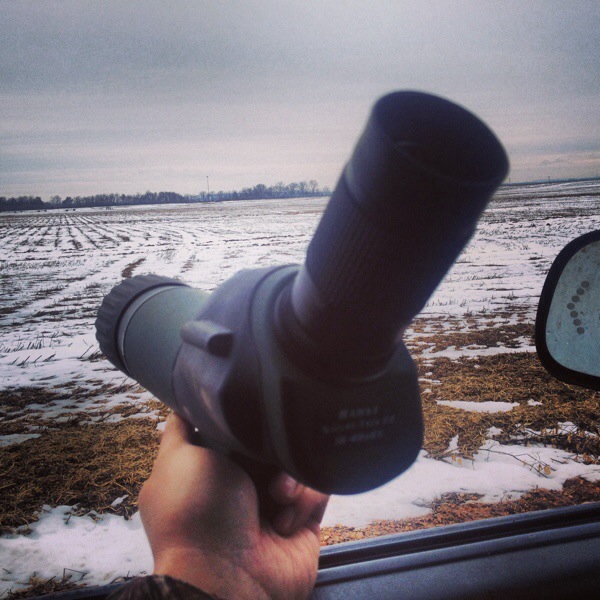It seems the optics industry is all wrapped up with big game hunters, professional shooters and even archery now with the popularity of the crossbow, but there is definitely a place in the optics world for the “little ole duck hunter.” The “weekend warrior” waterfowl hunter probably does not use optics often, but someone that chases them every day like a diehard hunter or guide service relies heavily on optics to get on the birds day in and day out.
With the rise in waterfowl related TV shows and social media channels, the competition has become pretty stiff out on public and private land. Farmers are seeing increased requests to hunt their land. Federal and state programs are buying up land and making it public. More and more hunters are able to obtain the larger boats needed to get on the bigger waters where the ducks and geese like to “hide out”. With this kind of competition out there, the serious waterfowl hunter needs to rely on optics more than ever before.
Let me give you an example, when the weather is cold, the ducks and geese need to feed on crops like soybeans and corn for the extra carbohydrates to keep warm and survive. This is when I would be scouting for birds in the morning and evening in the fields. As I am driving around, my goal is to find large concentrations of birds flying off the nearest body of water to go feed in a field. When I find this with the naked eye, I would use my Hawke Nature-Trek 10×50 binoculars to identify the birds in the air. All birds fly differently. They have different flock patterns. Their wing beat speed is different. I mostly concentrate on mallards and Canada geese in the dry fields, so those are what I would be looking for during these scouting trips. A good pair of binoculars will give you the edge on bird identification and make your scouting trips more successful.
After I have located the flights of the birds I want to concentrate on, the next step is to figure out what field they are using. This is where having a good spotting scope (yes, I said spotting scope) comes into play. I do not want to drive right up on the field I am scouting. If there is someone else scouting the area and they see that, they now have used me to locate birds and I now have competition on that field. I will find a high road somewhere within the field of view of where the birds are feeding. Using my Hawke Nature 24-74×70 Spotting Scope, I will pinpoint what part of the field they are using and get a good estimate on the number of birds using that particular field. Numbers are key when hunting in a field. I will not hunt a field that is only getting used by a handful of birds because at any moment, half of the birds could move on to a different field. I like to see a couple thousand birds using a field before I take the time to do a labor intensive field hunt.
The same goes for scouting from the boat. I always carry my binoculars in the boat if I am going scouting. I do not want the other guy seeing me motor right up on a concentration of birds and I also do not want to spook those birds off that daytime resting spot. If I can count and identify those birds from afar, my chances of hunting that spot the next morning with success has increased tremendously.
So if you want to be more successful hunting waterfowl and make your scouting trips count, get yourself some good optics with clear glass like Hawke has to offer. Bird numbers and identification are just as important when you are scouting as when you are actually hunting.
Good luck!
Josh “Rooney” Dickerson
First Light Gear



